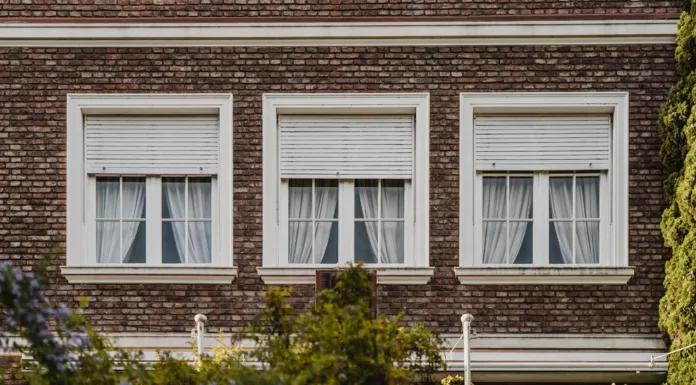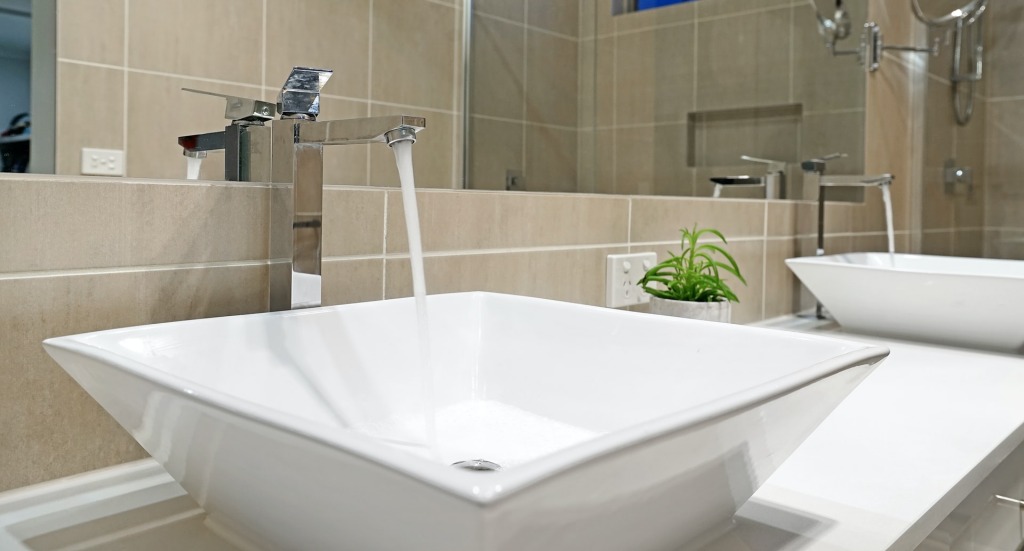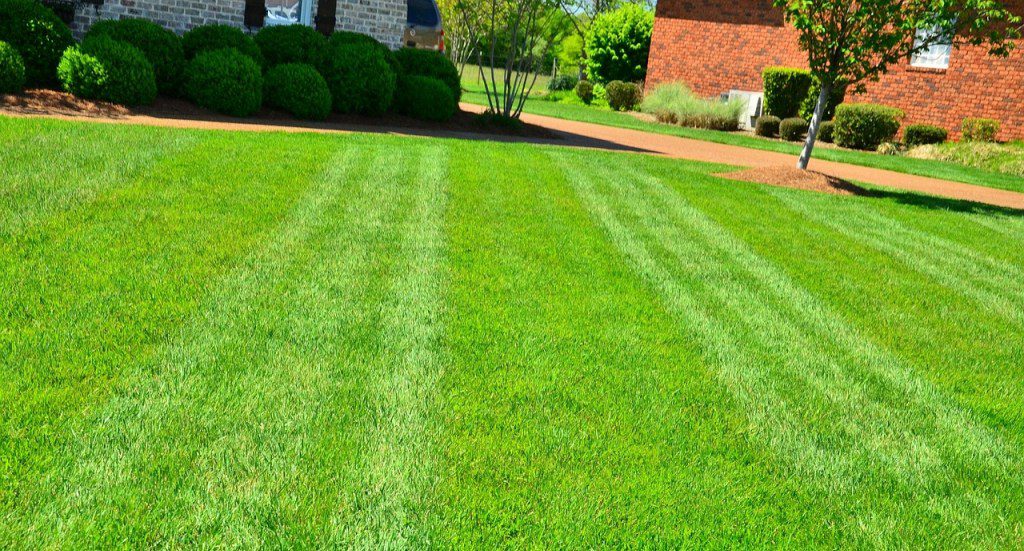Introduction to Retrofitting Double Glazed Windows
Welcome to our blog series focusing on the transformation of period properties through the installation of double glazed windows. In this series, we embark on a journey to explore the intricate balance between historical preservation and modern comfort. The retrofitting of double glazed windows stands as a testament to the evolution of architectural practices, where the past and present converge to create spaces that resonate with both heritage and functionality.
Period properties encapsulate narratives of bygone eras, each facade whispering tales of craftsmanship and tradition. However, in the pursuit of modern living standards, homeowners often face the challenge of integrating contemporary amenities without compromising the integrity of these architectural treasures. It is within this delicate dance of preservation and innovation that the significance of retrofitting double glazed windows becomes apparent.
Join us as we delve into the complexities of retrofitting, where every decision is a testament to our commitment to honouring the past while embracing the future. From the intricacies of preserving architectural authenticity to the practical considerations of energy efficiency, discover how the installation of double glazed windows breathes new life into period properties, ushering them into an era of unparalleled comfort and sustainability.
Historical Significance of Period Properties
Period properties embody the essence of bygone eras, each telling a story of craftsmanship and heritage. These homes serve as tangible connections to history, offering glimpses into the architectural styles and societal norms of their respective periods.
Understanding Double Glazed Windows
Double glazed windows represent a cornerstone of modern building design, offering a multitude of benefits in terms of energy efficiency, thermal comfort, and acoustic insulation. At its core, a double glazed window consists of two panes of glass separated by a spacer and sealed to form a hermetically sealed unit.
The space between the glass panes is filled with a layer of inert gas, typically argon or krypton, which serves as an additional barrier against heat transfer and sound transmission. This design effectively reduces heat loss during colder months and minimises heat gain in warmer climates, resulting in improved thermal performance and reduced energy consumption.
Furthermore, the presence of two glass panes significantly reduces the transmission of external noise, creating a quieter and more peaceful indoor environment. This feature is particularly advantageous for homeowners living in urban areas or near busy roads, where noise pollution can detract from the comfort and tranquillity of the home.
In addition to their functional benefits, double glazed windows also offer aesthetic advantages, allowing natural light to penetrate deep into the interior spaces while providing unobstructed views of the surrounding landscape. The versatility of double glazed windows makes them suitable for a wide range of architectural styles, from contemporary residences to traditional period properties.
Understanding the principles behind double glazed windows is essential for homeowners seeking to enhance the comfort, energy efficiency, and acoustic performance of their homes. By harnessing the power of advanced glazing technology, double glazed windows offer a sustainable and cost-effective solution for creating healthier, more liveable environments for generations to come.
Challenges of Retrofitting Double Glazed Windows in Period Properties
Retrofitting double glazed windows in period properties presents a myriad of challenges, from structural considerations to aesthetic preservation. Balancing the need for energy efficiency with the imperative of retaining original features requires careful planning and execution.
Techniques for Retrofitting Double Glazed Windows
Retrofitting double glazed windows is a prudent approach to enhance energy efficiency and thermal insulation in homes or buildings. Several techniques are employed to execute this process effectively.
Primarily, the existing window frames are assessed for their condition and suitability for retrofitting. Wooden frames may require refurbishment or replacement, while uPVC or aluminium frames can often accommodate double glazed units without extensive alterations.
Next, precise measurements are taken to ensure the new double glazed units fit snugly into the existing frames. This involves careful consideration of the gap between the panes, as well as the thickness of the glass and any additional features like gas-filled chambers for improved insulation.
Sealing is a critical aspect of retrofitting double glazed windows. High-quality seals and gaskets are applied around the edges of the units to prevent air leakage and moisture ingress, thereby maintaining optimal thermal performance.
Installation techniques vary depending on the type of frame and the specific requirements of the project. However, attention to detail and adherence to industry standards are paramount to achieving a successful retrofit.
Finally, professional installers conduct thorough testing to ensure that the newly retrofitted double glazed windows meet performance standards and provide the desired benefits of improved energy efficiency, noise reduction, and enhanced comfort within the interior spaces.
Case Studies: Successful Retrofits in Period Properties
Numerous examples showcase the successful integration of double glazed windows into period properties, seamlessly blending modern functionality with historical aesthetics. Before-and-after transformations underscore the transformative power of retrofitting.
Professional Guidance and Consultation
Seeking professional guidance and consultation is paramount when embarking on a retrofitting project. Experienced contractors and specialists offer invaluable insights into preservation techniques, ensuring the integrity of period properties remains intact.
Cost Considerations and Budgeting
While the cost of retrofitting double glazed windows can vary depending on factors such as property size and window type, the long-term savings in energy bills often outweigh the initial investment. Homeowners should explore budget-friendly options and financing solutions to make retrofitting more accessible.
Environmental Impact of Retrofitting
In an era marked by environmental consciousness, retrofitting double glazed windows aligns with sustainability goals by reducing energy consumption and lowering carbon emissions. The eco-friendly benefits of such upgrades resonate with homeowners seeking to minimise their environmental footprint.
Maintaining and Caring for Double Glazed Windows
Proper maintenance is essential for preserving the longevity and performance of double glazed windows. Routine cleaning and inspection help prevent issues such as seal failure and condensation buildup, ensuring optimal functionality year-round.
Common Misconceptions About Retrofitting
Addressing common misconceptions surrounding retrofitting dispels doubts and fosters informed decision-making among homeowners. Education about the process and its benefits is key to overcoming scepticism and embracing modernisation.
Advantages of Retrofitting Double Glazed Windows
- Energy Efficiency: Reduced heat loss and lower energy bills.
- Increased Property Value: Enhanced aesthetics and functionality add value to period properties.
- Enhanced Comfort and Aesthetics: Improved thermal insulation and reduced noise pollution create a more comfortable living environment.
Disadvantages of Retrofitting Double Glazed Windows
- Initial Cost Investment: Retrofitting can be initially expensive, especially for large properties with many windows.
- Potential Disruption During Installation: The installation process may cause temporary inconvenience to occupants.
- Limited Options for Certain Architectural Styles: Some period properties may have architectural features that limit the feasibility of retrofitting double glazed windows.
Future Trends in Retrofitting Technology
As technology continues to advance at a rapid pace, the future of retrofitting technology holds immense promise for the transformation of period properties into modern, energy-efficient dwellings. In the realm of double glazed windows, innovative solutions are poised to revolutionise the retrofitting process, offering homeowners unprecedented levels of comfort, sustainability, and aesthetic appeal.
One of the most exciting trends in retrofitting technology is the development of smart glass solutions. Smart glass, also known as switchable glass, incorporates electronic control systems that allow users to adjust the transparency or shading of windows at the touch of a button. This technology not only enhances privacy and security but also enables dynamic control over natural light and solar heat gain, contributing to greater energy efficiency and occupant comfort.
Furthermore, advancements in material science are paving the way for the creation of ultra-thin, lightweight double glazed windows that offer enhanced thermal performance without compromising on aesthetics. These next-generation windows utilise advanced insulating materials and coatings to achieve exceptional levels of energy efficiency while preserving the visual integrity of period properties.
Moreover, the integration of renewable energy technologies into double glazed windows represents another exciting frontier in retrofitting innovation. Solar photovoltaic (PV) cells embedded within the glass panels harness the power of the sun to generate electricity, thereby reducing reliance on external energy sources and further lowering the carbon footprint of period properties.
In addition to technological advancements, future trends in retrofitting technology are also characterised by a greater emphasis on sustainability and circular economy principles. Materials sourced from renewable or recycled sources, coupled with energy-efficient manufacturing processes, are becoming increasingly prevalent in the retrofitting industry, aligning with global efforts to mitigate climate change and promote environmental stewardship.
In conclusion, the future of retrofitting technology holds immense potential to revolutionise the way period properties are renovated and modernised. From smart glass solutions to renewable energy integration, the latest innovations promise to enhance the comfort, sustainability, and longevity of period properties while honouring their rich architectural heritage. As these technologies continue to evolve, homeowners can look forward to a future where old homes embrace new possibilities, seamlessly blending tradition with innovation.
Regulatory Compliance and Planning Permissions
Navigating regulatory requirements and obtaining planning permissions are integral steps in the retrofitting process. Understanding local building codes and heritage preservation guidelines ensures compliance while safeguarding the integrity of period properties.
Conclusion
In the tapestry of architectural history, period properties stand as enduring symbols of heritage and identity. As we draw the curtains on our exploration of retrofitting double glazed windows, we are reminded of the profound impact that thoughtful preservation and modern innovation can have on the fabric of our built environment.
Through the meticulous craftsmanship of skilled artisans and the visionary efforts of homeowners, period properties are not mere relics of the past; they are living testaments to our collective legacy. By embracing the transformative power of retrofitting, we not only enhance the comfort and functionality of these cherished spaces but also ensure that their stories continue to resonate for generations to come.
As stewards of our architectural heritage, let us forge ahead with reverence and ingenuity, weaving together the threads of tradition and progress. Together, we can transform old homes into havens of new comfort, where the echoes of the past harmonise with the rhythms of modern life.


